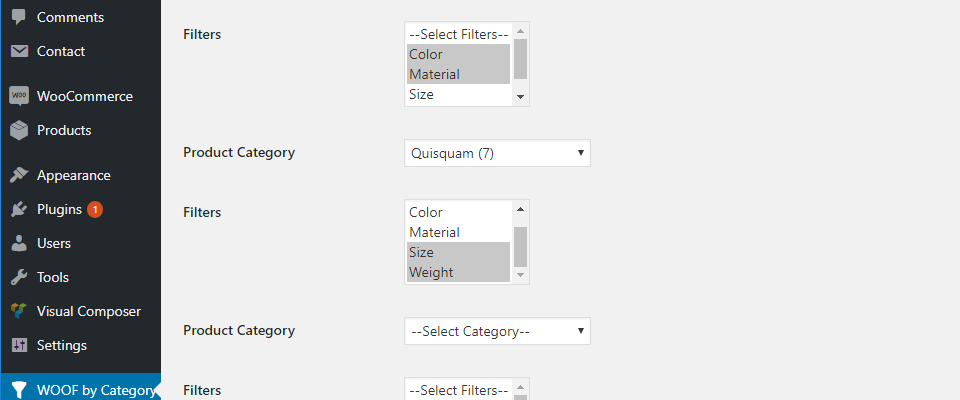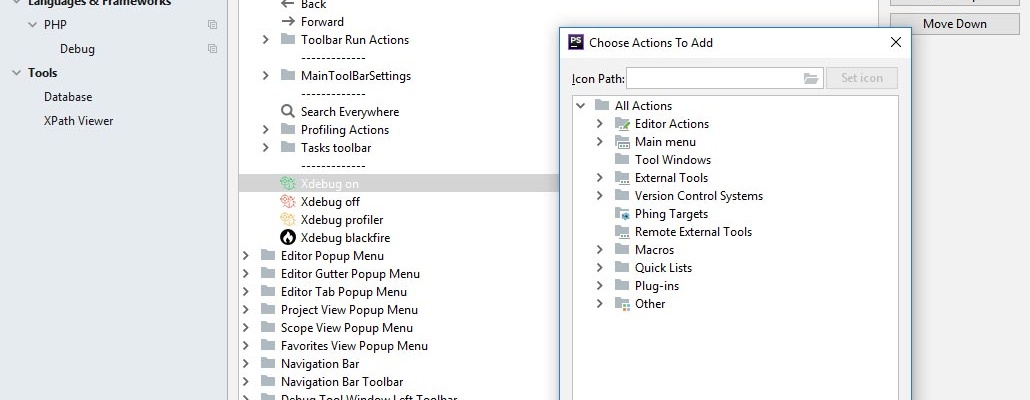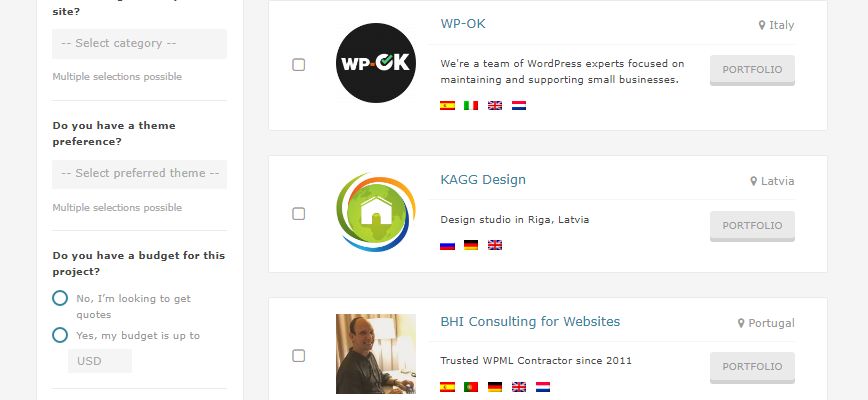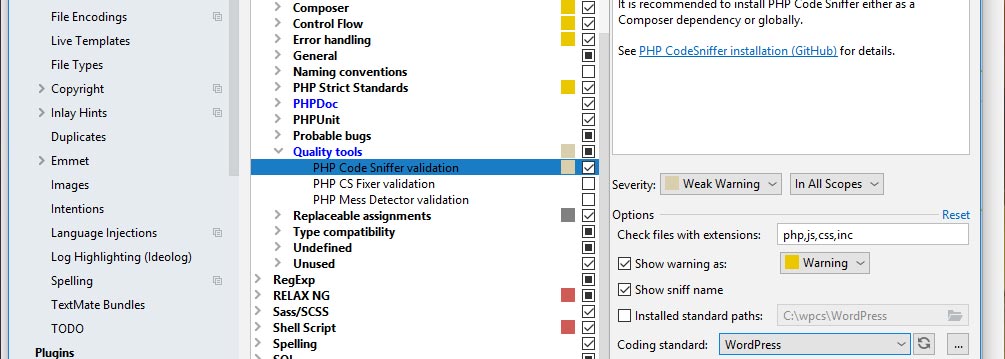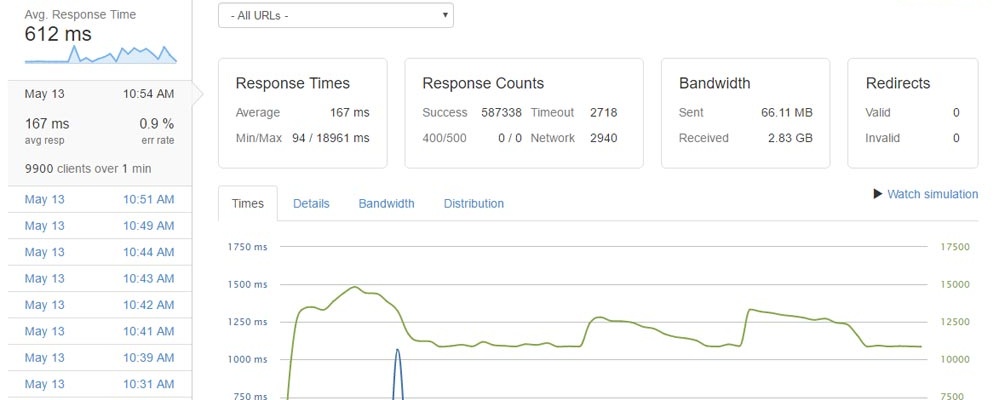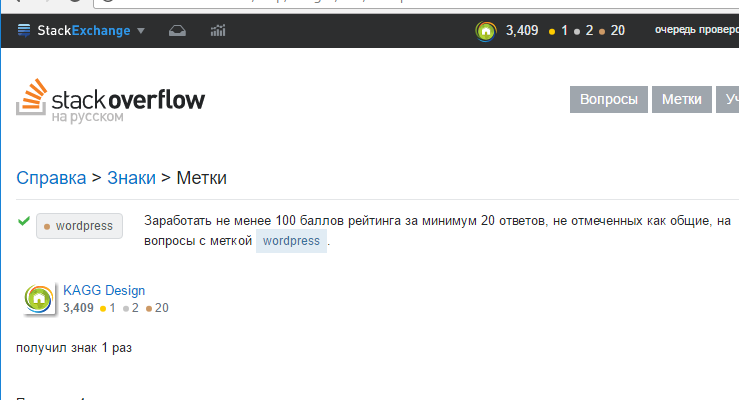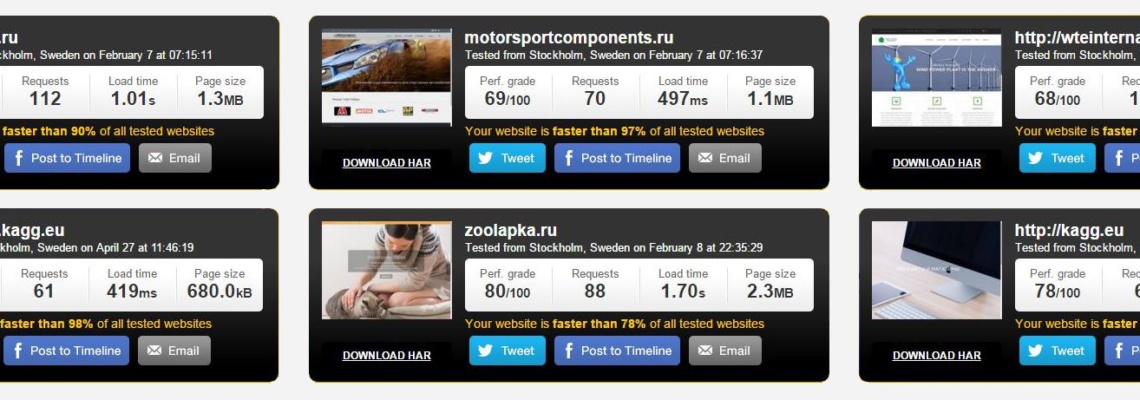Website loading time is extremely important to attract and keep visitors. According to performed researches and opinion polls:
- 47% of visitors expect that webpage will be loaded in 2 seconds;
- 40% can leave website which is loaded for more than 3 seconds;
- 75% of visitors went to competitors’ websites without waiting for the page to load;
- 88% declared that unlikely will return to the website after unsuccessful attempt to open it.
What is more, the requirement to website speed grows constantly:
- in 1999, one third of visitors left, if site was loading for more than 8 seconds;
- in 2006, same one third left, if site was loading for more than 4 seconds;
- last researches show that acceptable loading time is reduced to 2 seconds.
For an Internet shop, page loading time is even more significant factor. Amazon performed a number of tests, which showed: every 100 ms of increase in loading time of Amazon.com decrease sales by 1%. Google discovered that replacement of a page with 10 search results, loaded in 0.4 seconds, by a page with 30 search results, loaded in 0.9 seconds, decreased traffic and revenues from advertisement by 20%.
We put the highest attention to the speed of our sites, setting the task to provide loading time of any page of created website less than 1 second, and a page with the map – less than 2 seconds. To achieve this goal, we use only virtual private (VPS) and dedicated servers, last versions of nginx, mySQL and php 7 (which is twice faster than predecessor), caching systems, site structure optimization, minimal number of proven plugins.
Check out the results of page speed measurements for several websites created by us and compare with results of your site, which you can measure by the well-known service Pingdom. Do you have a slow site? Please contact us, we will make it “fly”!


